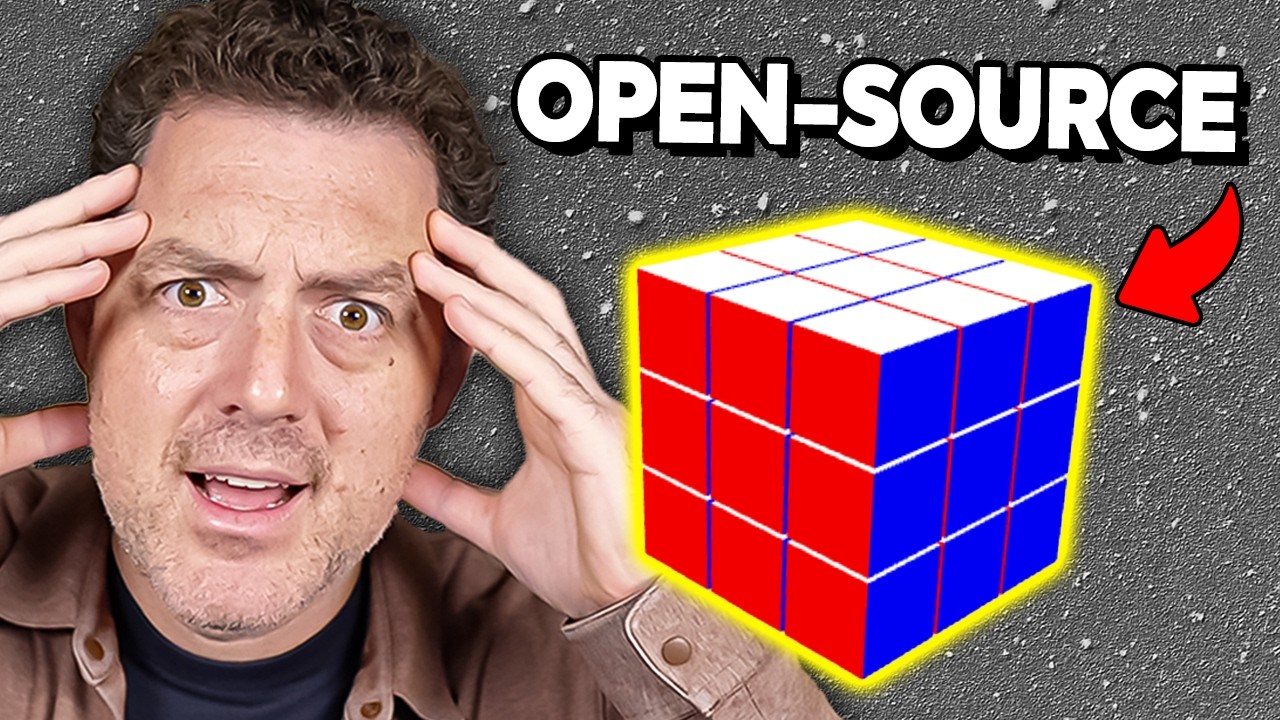The video showcases China’s advanced open-source AI model GLM 4.5, highlighting its impressive reasoning, coding, and interactive simulation capabilities that rival top closed-source models like GPT-4. Through diverse demos such as Rubik’s cube solving, Tower of Hanoi, and 3D visualizations, GLM 4.5 demonstrates broad applicability and marks a significant milestone in accessible, high-performance AI development.
The video highlights the impressive advancements in open-source AI models coming out of China, focusing on the newly released GLM 4.5 model by ZAI. This model is showcased through various demos demonstrating its reasoning, coding, and agentic capabilities. One standout demo is the Rubik’s cube simulation, where GLM 4.5 successfully simulates and solves cubes of increasing complexity, including 3x3, 5x5, and even 10x10 cubes, complete with move histories and spatial manipulation. The model also tackles classic puzzles like the Tower of Hanoi, solving both 4-disk and 10-disk versions using pure chain-of-thought reasoning, and visualizing each move in real-time.
Further demonstrations include interactive simulations such as a Lego building environment using 3JS and a detailed 3D solar system visualization with adjustable settings and informative tooltips. These examples highlight the model’s ability to generate complex, interactive code within a single HTML file and its proficiency in creating educational and visually rich content. Despite minor hiccups, such as slight misalignments in the Lego simulation and an initial loading issue in the solar system demo, the overall performance is highly impressive and surpasses many previous open-source efforts.
The video then delves into the technical details of GLM 4.5, explaining that it comes in two versions: the larger 355 billion parameter model with 32 billion active parameters (a mixture of experts architecture) and a smaller 106 billion parameter version with 12 billion active parameters. Both models support hybrid reasoning modes, allowing them to switch between complex thought processes and instant responses. Benchmark comparisons reveal that GLM 4.5 performs competitively with top closed-source models like Claude and GPT-4, particularly excelling in coding tasks and agentic benchmarks, while maintaining strong reasoning capabilities.
Additional demos showcase the model’s versatility, including a Flappy Bird game simulation, a 3D maze explorer with realistic lighting, a to-do board application, SVG animations, and a detailed Pokedex with interactive stats and images. These examples underscore the model’s broad applicability across different domains, from gaming and visualization to productivity tools. The Tower of Hanoi 10-disc solution is revisited, showing the model’s ability to break down complex recursive algorithms into manageable steps and execute them efficiently, solving the puzzle in just over a minute.
In conclusion, the video emphasizes that open-source AI models from China, exemplified by GLM 4.5, have now reached a level of sophistication comparable to leading closed-source models. While upcoming models like GPT-5 may push the frontier further, the current landscape features multiple powerful open-source options that are accessible and highly capable. The presenter encourages viewers to appreciate this milestone in AI development and invites them to engage with the content by liking and subscribing.
